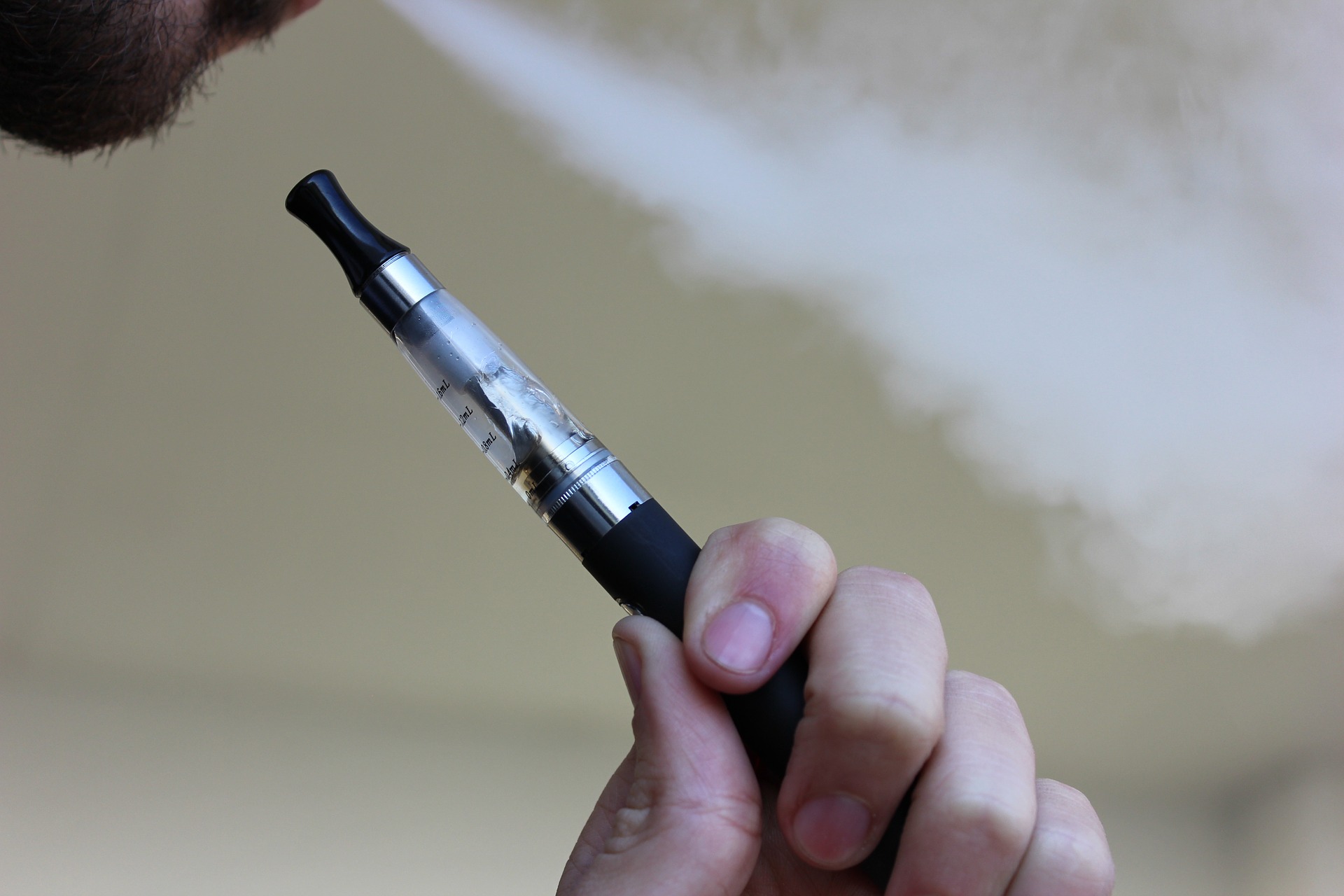Why misinformation about vaping is so harmful

Vaping has emerged as one of the most popular and effective tools for quitting cigarette smoking. The highest ranked peer-review journal in the world on substance abuse published a study in 2019 that found 50 to 70 thousand smokers in England stopped smoking in a year through vaping.
This is significant for a number of reasons. The first and foremost is the fact that vaping is approximately 95% less harmful than cigarette smoking, according to a “landmark review” by England’s most authoritative public health body, Public Health of England.
But somehow, mysteriously, recent activities from some anti-tobacco groups focused steeply on a ban on vaping in Bangladesh. Any reasonable approach to an important policy decision like this would require careful consideration of all relevant facts.
Astoundingly, these campaigners are simply refusing to do so, and misleading the public in the process. Why, one might ask, someone talking about vaping and vaping policy would not want to look at the scientific evidence available and try to understand the best practices in better health care systems in more developed countries?
The answer to that question, of course, is that there is no logical reasons for it. No respectable organization will advocate a policy that is misinformed and even, embarrassingly, suppress vital information from the public. It is important to understand, that vaping, which has been gaining acceptance as a harm reduction tool, is not meant for non-smokers. A major clinical trial in the UK, published in 2019, found that people that used vaping to quit cigarette smoking are twice as likely to succeed than people who used other nicotine replacement products like patches or gum.
It is easy to see why vaping, while of course not harm-free as everyone agrees, is nevertheless a very suitable harm-reduction tool. It has the two most important elements that helped it get the acceptance that it has.
One, is that it is effective. Everyone that seriously worked in the field of smoking addiction will readily acknowledge how crucial it is for smokers to be able to make the decision to quit and then not relapse. Vaping’s effectiveness helps achieve that.
It, however, means nothing if smokers quit cigarette smoking and take up something that is equally harmful. So, naturally, the next logical question is whether vaping as a harm-reduction method is less harmful or significantly less harmful. The answer to that question is, ‘Yes, it is’. 95% less harmful is significant by any standard. And that is the second important element that makes vaping such an acceptable form of harm reduction.
With more and more people quitting cigarette smoking through vaping, it is time to think about the appropriate regulations vape and vape related products. In an unregulated market, there is the grave risk of consumers buying low-quality and harmful products. There is already a thriving market in Dhaka’s New Market and Chawkbazar where counterfeit vape products are sold that went through no quality-control.
It doesn’t require much deliberation to realize that banning vaping will simply push these traders underground, opening up a dangerous black market. No responsible policymaker should allow this to happen.
Instead, we should aim to make a policy that is modern and smart. We should take into consideration the best practices in advanced healthcare systems and we should be open to scientific evidence. What we definitely should not do is stifle information and block the road to new knowledge.
